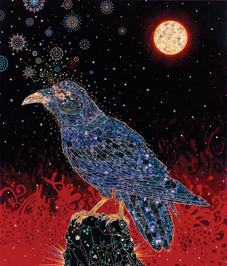 Just a quickie: The Brooklyn Museum said today that it has added three new board members, including artist Fred Tomaselli. He is the first artist to sit on the board “in recent times,” the museum said in a press release.
Just a quickie: The Brooklyn Museum said today that it has added three new board members, including artist Fred Tomaselli. He is the first artist to sit on the board “in recent times,” the museum said in a press release.
That’s good news. I don’t know Tomaselli personally, so I have no idea how effective a voice he will be. But it’s never bad to have an artist’s view of what goes on at a museum. And the Brooklyn Museum has said that it wants to forge tighter relationships with the borough’s many working artists. And that is a good thing, which could improve the museum’s standing.
Tomaselli, of course, had a mid-career survey show at the Brooklyn last year.
Tomaselli is a native of California, but moved to Brooklyn in 1985.
Two other new trustees were also elected: Tamara C. Belinfanti, an Associate Professor of Law at New York Law School, and David L. Berliner, Executive Vice President and General Counsel of Forest City Ratner Companies, the real estate outfit.
Photo Credit: Big Raven, by Fred Tomaselli, Courtesy of the Brooklyn Museum

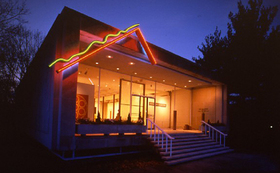 I just filed an article with details to The Art Newspaper,
I just filed an article with details to The Art Newspaper, 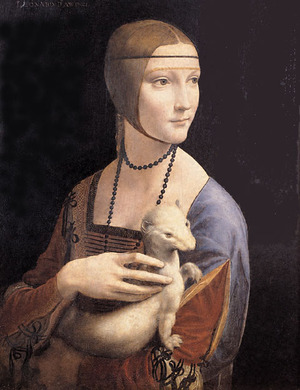
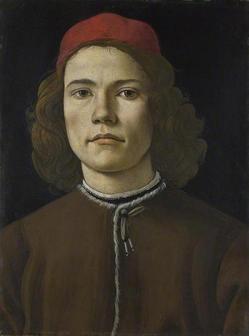
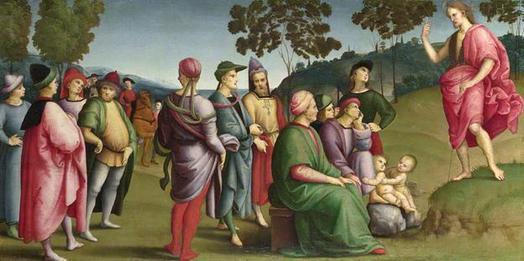
 Several days ago,
Several days ago, 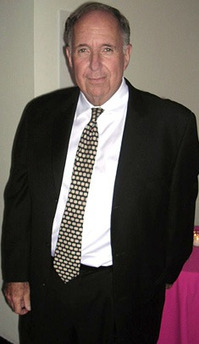 Pressed by my questions, Lehman responded:
Pressed by my questions, Lehman responded: